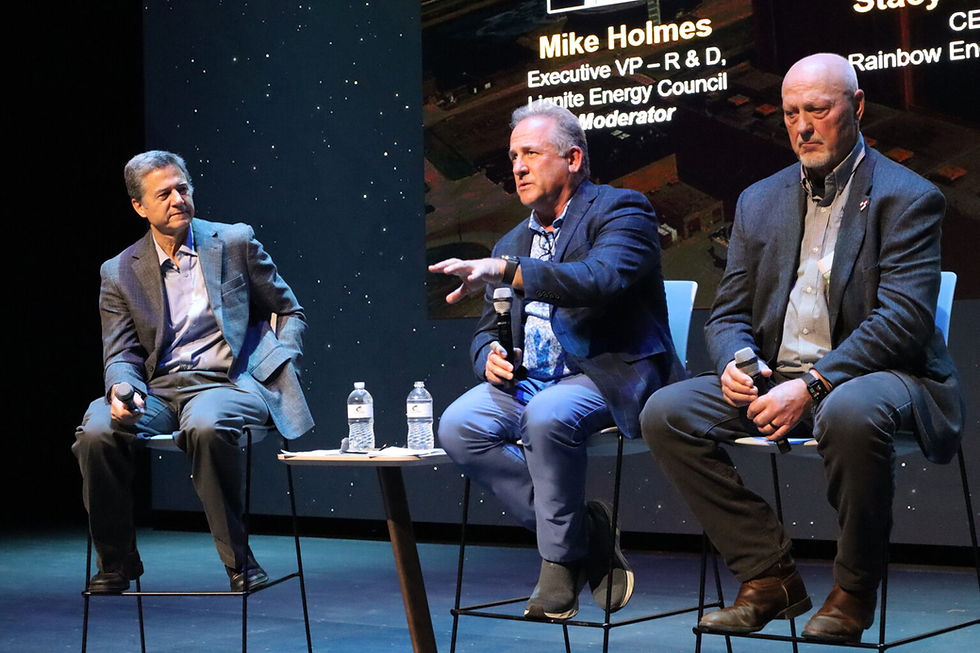An alternative view
- secureenergyfuture
- Nov 30, 2022
- 2 min read

As printed in the Dec. 1, 2022 Star Tribune:
In response to the recent story "Sights set on climate change" (Nov. 25), we'd like to offer an alternative view on achieving a 100% carbon-free marketplace in Minnesota.
Over the last 15 years, Minnesota has accelerated its deployment of renewable energy like wind and solar thanks to tax credits and the region's natural abundance of wind in the western part of the state.
The most recent plan proposed by legislators would mandate that wind, solar and battery storage be the only allowed technologies for achieving a carbon-free goal. This is a very risky proposal as we know that electricity generated solely by weather-dependent resources puts the grid at risk to provide on-demand energy.
Just recently, the North American Electric Reliability Corporation (NERC) issued an assessment that large areas of North America, including Minnesota, face "winter reliability risks during extreme weather" due to the closure of traditional power generation like coal and gas plants.
Due to global conflict, it is becoming increasingly more difficult to source the raw materials needed for wind, solar and batteries. According to the World Bank, a new wind tower requires nearly five tons of copper, three tons of aluminum, two tons of rare earth elements, and nearly 335 tons of steel.
Mandating only these technologies will only exacerbate this global-resource problem while simultaneously increasing costs to build out a new system.
Natural gas, nuclear and coal continue to prove to be the most on-demand resources that are rarely impacted by adverse weather or global strife. Nuclear energy is naturally a carbon-free resource and should be counted toward the 100% goal. An emerging technology to curb emissions for fossil fuel generation is carbon capture and sequestration (CCS). This technology would reduce emissions from a thermal power plant by millions of tons of CO2 per year. Both nuclear and carbon capture are not currently included as approved technologies in the 100% goal.
While the support for CCS has grown rapidly the last few years, with support from Sens. Amy Klobuchar and Tina Smith, the actual technology has worked in commercial operation for over three decades in North Dakota. There are also a half a dozen projects in the Midwest ready to deploy CCS.
President Joe Biden recently made CCS a key component of the Inflation Reduction Act, and the Minnesota Legislature would benefit from following the administration's lead on diversifying our electricity generation portfolio to ensure reliability, resilience and affordability.
Luke Hellier, Lakeville



Comments